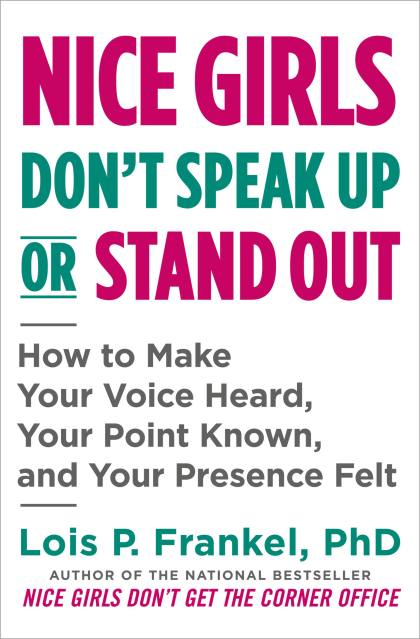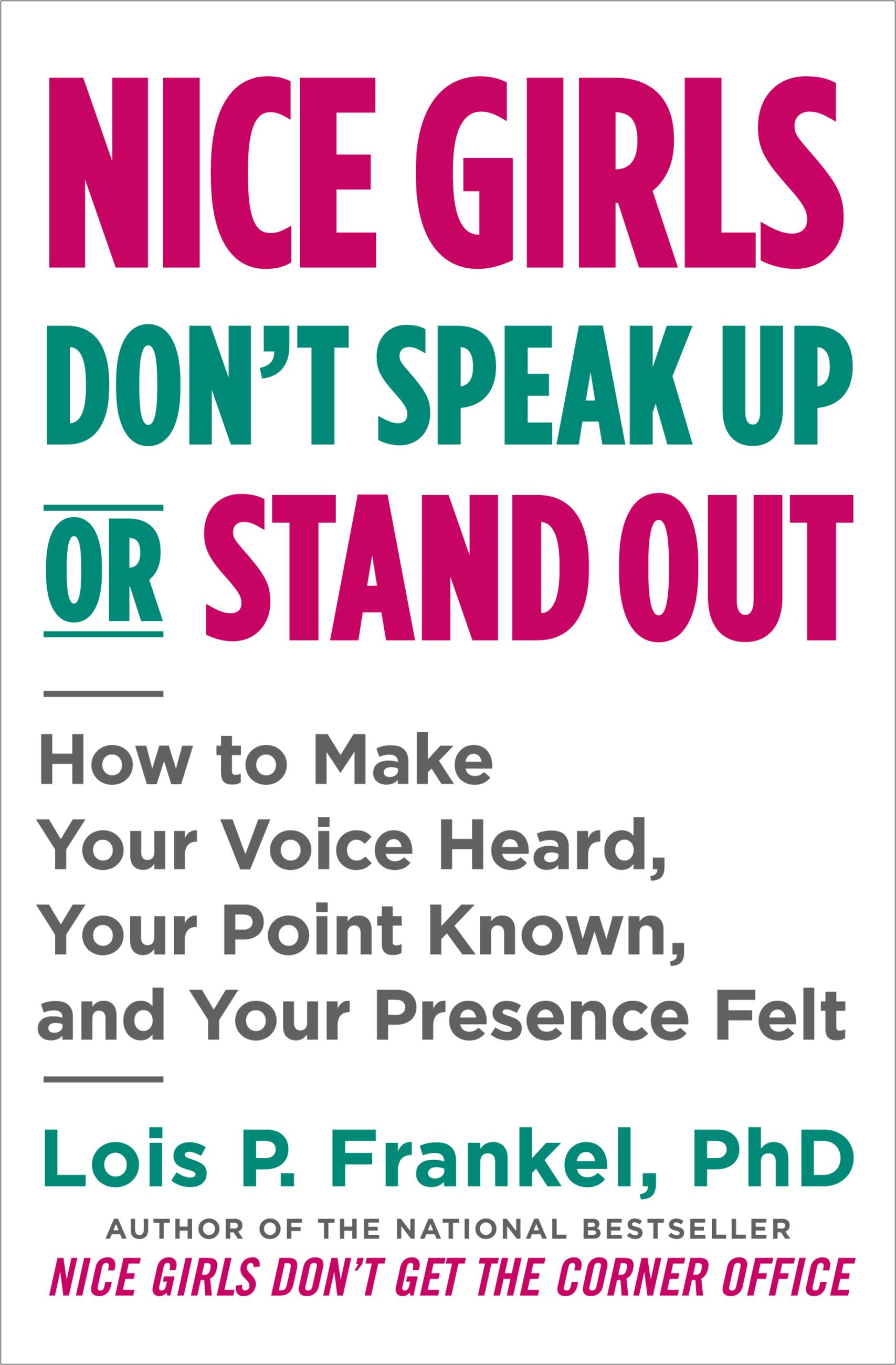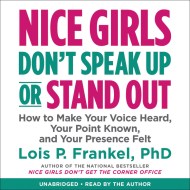Promotion
Use code MOM24 for 20% off site wide + free shipping over $45
Nice Girls Don't Speak Up or Stand Out
How to Make Your Voice Heard, Your Point Known, and Your Presence Felt
Contributors
Formats and Prices
Price
$11.99Price
$15.99 CADFormat
Format:
ebook (Digital original) $11.99 $15.99 CADThis item is a preorder. Your payment method will be charged immediately, and the product is expected to ship on or around June 16, 2020. This date is subject to change due to shipping delays beyond our control.
Also available from:
Discover the “must-listen for every smart, capable woman who wants to succeed”-a guide on how to communicate with maximum impact in the workplace that’s the new book in the New York Times bestselling Nice Girls Don’t series (Anne Fisher, Fortune.com).
How many times have you asked yourself why you didn’t speak up in a meeting? Or pushed for the raise you deserved? Or agreed to take on someone else’s task because you didn’t want to rock the boat? Whether the answer is once or ten times or more, the reason is the same: It’s because you’re a nice girl who goes along to get along. But staying quiet and being ignored are not paths to achievement.
Now, in Nice Girls Don’t Speak Up or Stand Out, Dr. Lois Frankel shows you how to be an effective communicator and advocate for yourself. From the basics of speaking up to navigating sticky situations and mastering the art of influencing others, this audiobook provides step-by-step advice using real-life examples and powerful tools such as:
Dr. Frankel chose the format of this new audio-first work carefully, with the mission of creating an interactive and impactful listen, interweaved with actionable recommendations, real-life anecdotes, and concrete examples of not only what to say in various scenarios, but how to say it. Nice Girls Don’t Speak Up or Stand Out dives deeply into nearly one hundred everyday challenges women face related to communication.
With Dr. Lois Frankel as your guide, you can learn how to express yourself confidently, courageously, and clearly — and start taking charge of your career.
How many times have you asked yourself why you didn’t speak up in a meeting? Or pushed for the raise you deserved? Or agreed to take on someone else’s task because you didn’t want to rock the boat? Whether the answer is once or ten times or more, the reason is the same: It’s because you’re a nice girl who goes along to get along. But staying quiet and being ignored are not paths to achievement.
Now, in Nice Girls Don’t Speak Up or Stand Out, Dr. Lois Frankel shows you how to be an effective communicator and advocate for yourself. From the basics of speaking up to navigating sticky situations and mastering the art of influencing others, this audiobook provides step-by-step advice using real-life examples and powerful tools such as:
- Be a broken record
- Choose powerful word
- Never say no
- Enlist advocates
- And many more — in bonus materials for extra tools in your pocket
Dr. Frankel chose the format of this new audio-first work carefully, with the mission of creating an interactive and impactful listen, interweaved with actionable recommendations, real-life anecdotes, and concrete examples of not only what to say in various scenarios, but how to say it. Nice Girls Don’t Speak Up or Stand Out dives deeply into nearly one hundred everyday challenges women face related to communication.
With Dr. Lois Frankel as your guide, you can learn how to express yourself confidently, courageously, and clearly — and start taking charge of your career.
Genre:
- On Sale
- Jun 16, 2020
- Page Count
- 336 pages
- Publisher
- Grand Central Publishing
- ISBN-13
- 9781538719213
Newsletter Signup
By clicking ‘Sign Up,’ I acknowledge that I have read and agree to Hachette Book Group’s Privacy Policy and Terms of Use







